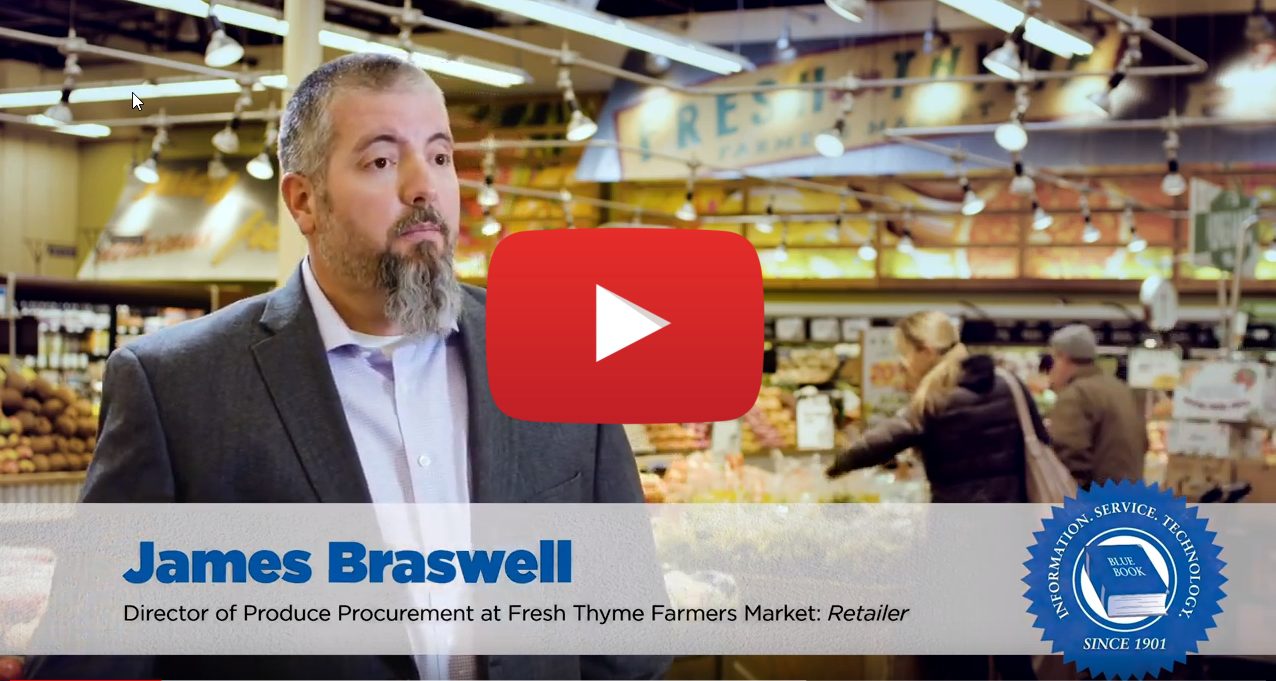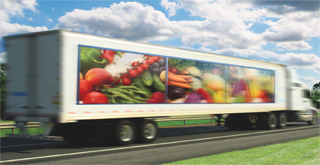Yet something as basic as reducing the size of corrugated box flaps—even by half an inch on each flap—may not seem like much, but this minor adjust-ment can save a chunk of money in the long run. For a large grape grower shipping 10 million boxes, a half-inch flap reduction translates into 3¢ per box or $300,000 savings, McCartney says. “Produce moves in very large scale, so even a very small difference has a significant impact.”
There is also the question of switching from one-time or limited-use to reusable types of packaging. Though the change-over requires what might be a significant upfront investment, shippers can realize savings over time from repeat supply spending and reduced waste (in both hauling and disposal costs as well as greenhouse gas emissions).
Design Factors
Gourmet Trading Company of Los Angeles, CA ships asparagus and blueberries year round and takes packaging very seriously. This is especially true for asparagus, due to both its short shelf life, and because much of the product is imported from South America.
Julia Inestroza, Gourmet Trading’s marketing and merchandising manager says improvements to both the inner and the outer packaging design can influence how efficiently product moves through the supply chain. One example involves the dimensions of a case, such as fitting more cases on a pallet, thereby maximizing space and product capacity on the truck.
Conversely, changes to the inner package such as improvements to extend shelf life not only lead to less shrink on the retail side, but can increase the window of opportunity for transporting product.
“There’s more room for a shipper to manage inventories better,” states Inestroza. “Instead of having to hire a team to try and get product across country as fast as possible, you can sometimes send it on a cheaper truck that takes an extra two to three days because you know you have longer shelf life.”
This extra time can benefit carriers as well, who will worry a little less about getting loads from point A to point B in the shortest amount of time. Given recent changes in hours of service requirements, brokers and carriers are pressured on both sides of the fresh produce transport coin: getting perishables where they need to be (in the best shape possible) while battling federal mandates on behind-the-wheel driving limits.
Better Collaboration
Keith Mathews, chief executive officer of FirstFruits Marketing, LLC in Yakima, WA believes retailers can sometimes be difficult to deal with when it comes to packaging to fit their needs. FirstFruits distributes to domestic and international buyers, including both organic and conventional apples, cherries, peaches, pears, and nectarines.



